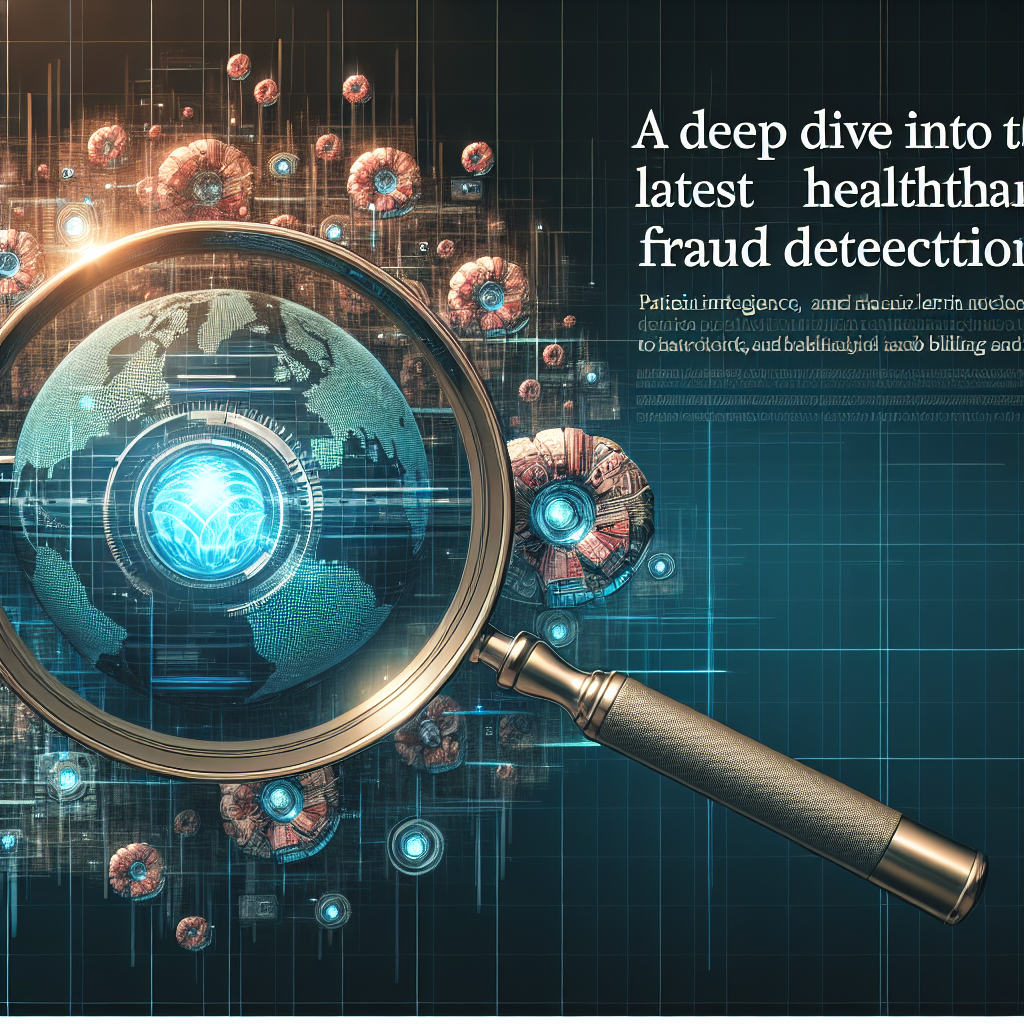Introduction
Healthcare fraud is a pervasive and deeply-rooted problem, with improper payments estimated to reach billions of dollars annually. These are funds that could otherwise be spent on patient care or strategic advancements in healthcare. Therefore, fraud detection and prevention is paramount. As technology evolves, so does the sophistication of fraud detection methods. This blog post will explore the latest trends in healthcare fraud detection that are helping to confront this issue effectively.
Artificial Intelligence and Machine Learning
Artificial intelligence (AI) and machine learning (ML) are at the frontlines of healthcare fraud detection. These technologies are used to analyze vast amounts of data and identify suspicious patterns that may signify fraudulent activity. Traditional manual processes simply don’t have such capacity. AI-driven models can scrutinize thousands of claims in much less time, and their accuracy improves over time as they “learn” from the data they process. This use of AI and ML is particularly vital in detecting masked fraudulent claims that may initially appear legitimate.
Predictive Analytics
Predictive analytics takes data analysis a step further by catching fraudulent activities before they happen. It uses past data patterns to predict future occurrences of fraud. For instance, if certain types of claims were found fraudulent in the past, similar future claims could be flagged for further investigation. Predictive analytics can also identify healthcare providers with an unusually high number of claim submissions or repeated specific treatment patterns, which can suggest potential fraud.
Social Network Analysis
This approach allows investigators to reveal fraudulent behaviours that traditional methods might miss. Social network analysis uses advanced data analytics to identify patterns and relationships between different healthcare providers. For example, if a physician and a pharmacist frequently refer patients to each other, it may indicate a possible collusion. This method allows for the detection of fraud rings where multiple fraudsters coordinate their fraudulent activities.
Data Visualization Tools
To offer more detailed insights, data visualization tools are becoming an integral part of healthcare fraud detection. They render complex data sets into intuitive, easy-to-understand visuals. This makes it easier for analysts to identify patterns and anomalies in data, hence improving detection speed and efficiency.
Biometrics
Biometrics technology, which includes fingerprint scanning, facial recognition, and iris scanning, is increasingly implemented in healthcare to prevent identity fraud. It ensures that healthcare services are availed only by genuine patients. Biometrics effectively eliminates situations where impersonators or phantom patients exploit healthcare services.
Telemonitoring and IoT Devices
The introduction of telemonitoring and Internet of Things (IoT) devices in healthcare can curb insurance claim fraud. For instance, the devices can confirm whether patients genuinely need the high-cost home healthcare they claim.
Conclusion
Healthcare fraud is a costly issue, but recent advancements in technology are continually sharpening the tools to combat it. Big data, AI, and ML are revolutionizing the way we detect fraudulent activities. In contrast, predictive analytics, social network analysis, and data visualization are providing unprecedented insights into potential sources of fraud. At the same time, biometric technology and IoT devices are making effective strides towards better patient identification and verifications. By leveraging these trends, the healthcare sector can safeguard funds, ensure they are used where needed most, and continue to deliver high-standard care to all patients.



